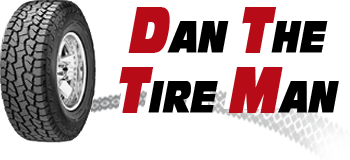Tire dry rot, also known as weather cracking, is a common problem that affects the rubber of a tire. Over time, exposure to the elements, such as UV rays, ozone, and extreme temperatures, can cause the rubber to become dry, brittle, and cracked. This not only affects the appearance of the tire, but it can also compromise its safety and performance. In this article, we will discuss some steps that you can take to prevent tire dry rot and ensure that your tires remain in good condition for as long as possible.
The first step in preventing tire dry rot is to keep your tires properly inflated. Under-inflated tires can cause excessive wear and tear on the sidewalls, which can make them more susceptible to cracking. Additionally, over-inflated tires can cause the center of the tread to wear down more quickly, which can also make them more susceptible to cracking. To ensure that your tires are properly inflated, check the pressure regularly and adjust it as necessary.









